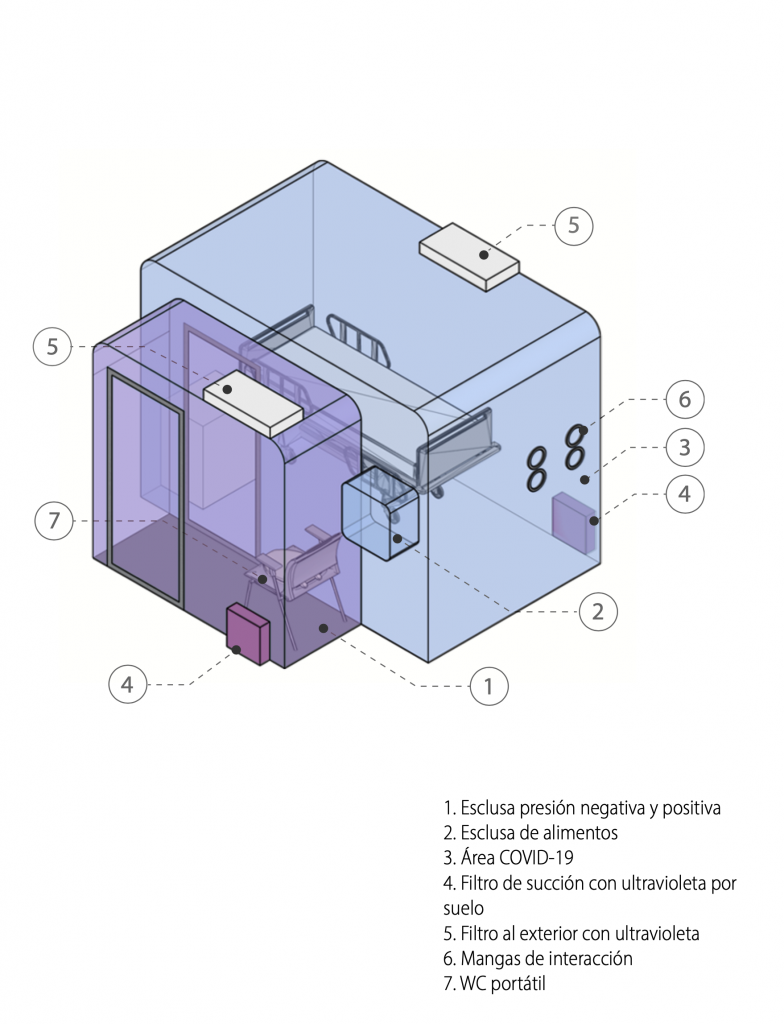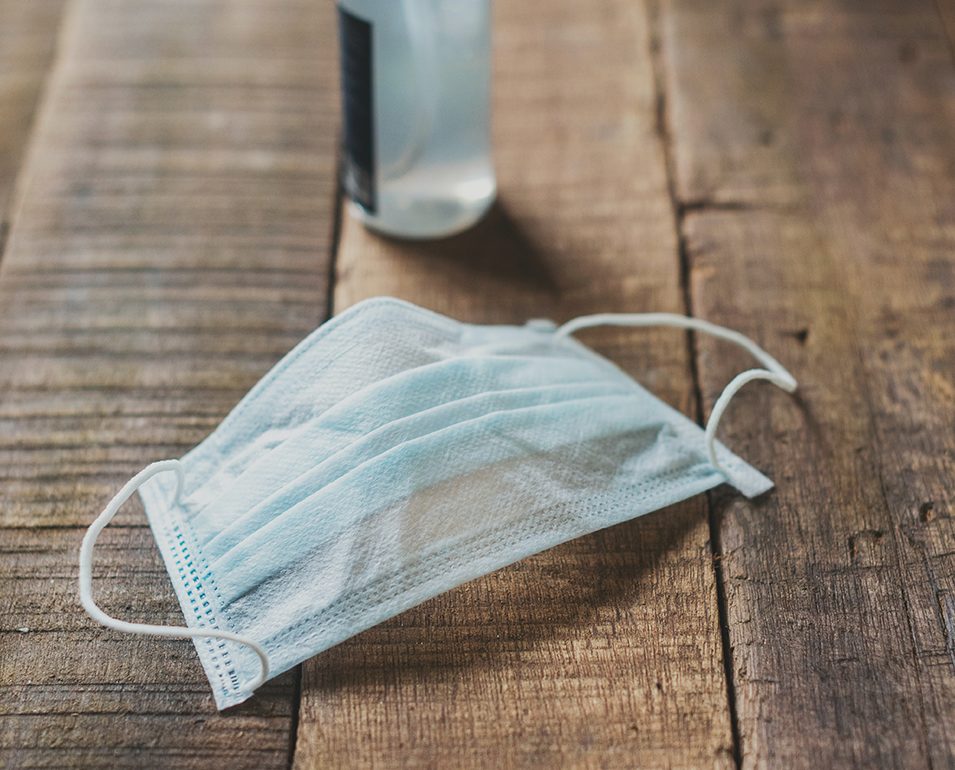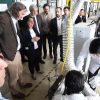By Pedro Orellana / pedorell@udec.cl
/ Images kindly provided by Pedro Orellana
The first case of coronavirus in Chile was detected on March 3rd, 2020. Since this date, the dissemination of the disease across the country has involved thousands of victims, and the spread has not stopped. “As professionals and researchers, we cannot be indifferent to this phenomenon, and we have to put forth all of our efforts to finding solutions that mitigate the devastating consequences for our country,” expresses Pedro Orellana, architect for the Faculty of Architecture, Urbanism, and Geography at the Universidad de Concepción.
Orellana, together with an interdisciplinary team within UdeC, worked on the project titled “Life Pod.” This was ideated as an isolation pod easily adapted to small spaces and able to maintain individuals possibly infected with COVID-19 in quarantine. This pod accommodates safety protocols for feeding, bathroom use, health checks, and daily communication.
The project included the design and construction of a capsule able to adapt to different scenarios. “In the first stage, we sought to resolve the issue of safely isolating a person residing in a small living space. After this, we aim to design solutions that would facilitate sanitizing structures and people in public places, such as classrooms, supermarkets, or other equivalent areas. Both situations require establishing a control protocol for possible propagation scenarios due to person-to-person or object-to-person infection,” explains Orellana. “The operation of this pod considers all of the concepts, protocols, and criteria for the control of movement, the inflow and outflow of air, the expulsion of biological waste, and the entry of food. [All of these protocols] exist for isolation rooms at world-class hospitals. Additionally, ludic forms of stimulation and affective contact were considered, which invite the humanization of relationships between those within and outside of the pod,” punctuates Orellana.

Attachment of the pod to fixed structures is optional. The pod’s external frame is sufficiently rigid to maintain negative pressure inside the pod and to support a filtration system that ensures outgoing air is clean. The material used to build the pod is resistant to disinfectants, is easily washable, hygienic, and is 100% recyclable. The primary objective of the pod is to isolate patients from others, thereby reducing contamination risks.
Implementation of this “Life Pod” would help in controlling the spread of COVID-19 in highly vulnerable environments, whether as due to economic factors, local professions, or in isolated areas across Chile’s continental and insular geography.
The project’s team is directed by the engineer Eduardo Burboa and is co-directed by the architect Pedro Orellana. The team is also advised by professionals from diverse backgrounds, including medicine (Fabiola Arriagada and Lorena Saldía); biology (Victor Campos); architecture (Karen Martinez and Eduardo Caprille); urbanism (Leonel Perez); and industrial engineering (Patricio Montalbán).
“Implementation of the pod would allow us to establish and improve a sequence of protocols to prevent the spread of the virus in reduced spaces and, in the future, in contexts of mass events, such as educational classes, talks, and seminars, among other events. [The aim is] to return to a normal life by adapting ourselves to this new reality as best as possible,” concludes the project co-director Pedro Orellana.
More information: pedorell@udec.cl
Last modified: 2 de junio de 2023






